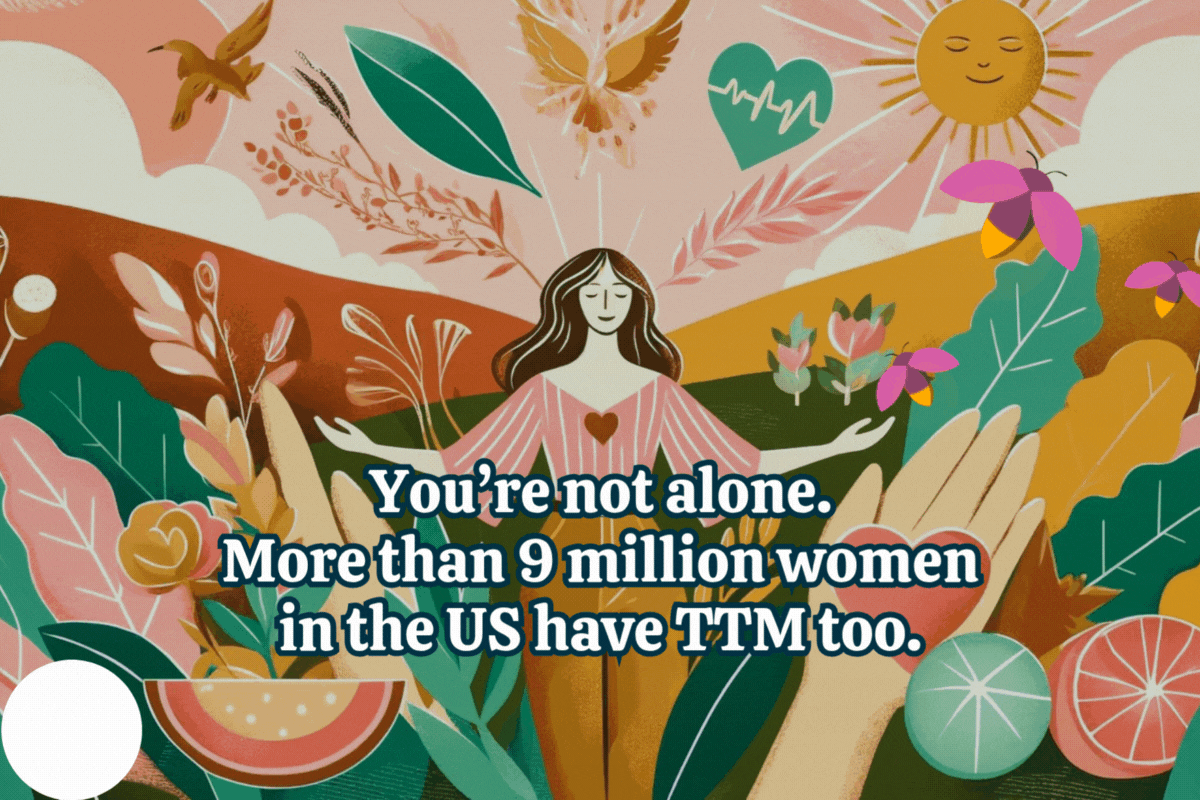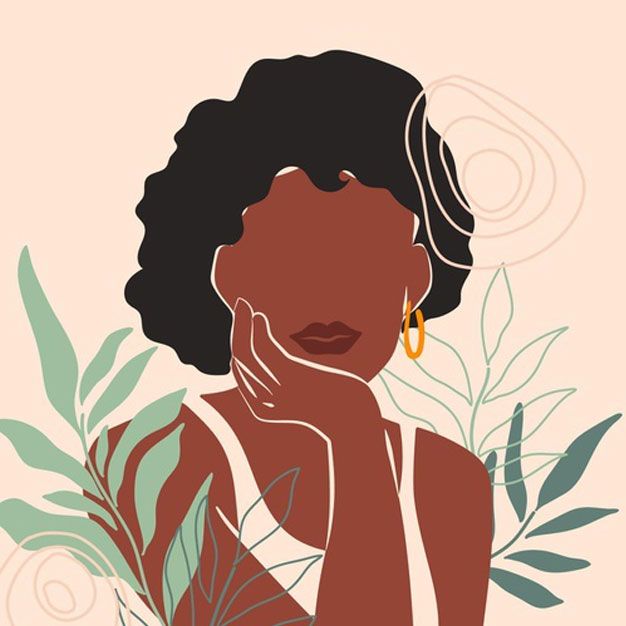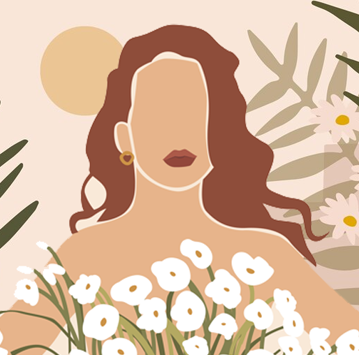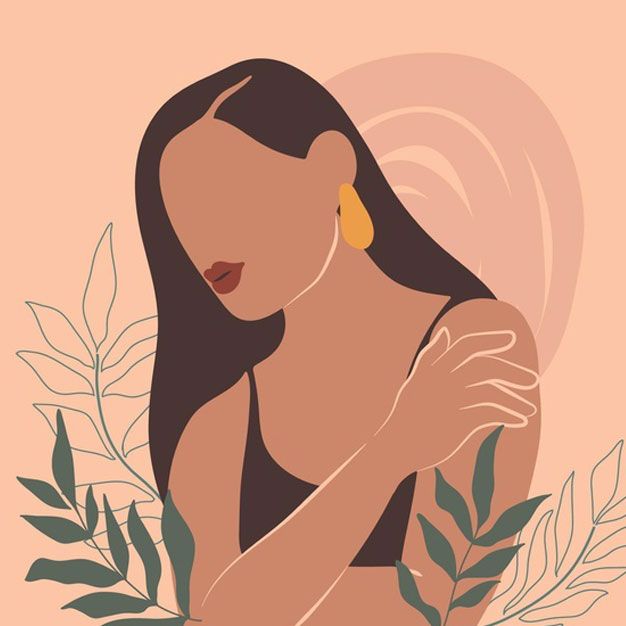Living with trichotillomania can be a challenging journey, but
understanding this condition is the first step toward managing it effectively. This article aims to provide a comprehensive overview of trichotillomania, offering insights into its causes, symptoms, and management strategies.
Our goal is to empower women with knowledge and support, helping you navigate life with trichotillomania with confidence and hope!
Trichotillomania, also known as the hair-pulling condition, is characterized by an irresistible urge to pull out one's hair. This can affect any hair-bearing area of the body, including the
scalp, eyebrows, eyelashes, and other regions.
The
severity and frequency of hair pulling can vary, with some people experiencing only mild urges while others may encounter more intense, frequent episodes.
How severe is your hair pulling?
Check your symptoms with our free quiz here!The exact cause of trichotillomania remains unclear, but it is believed to be influenced by a combination of genetic, environmental, and psychological factors. Some common contributing factors include:- Genetics: Research suggests that trichotillomania may run in families, indicating a genetic predisposition.
- Environmental Factors: Stressful life events or trauma, especially during childhood, can trigger the onset of trichotillomania.
- Psychological Factors: Individuals with trichotillomania often experience higher levels of anxiety, depression, and obsessive-compulsive tendencies.

If you’re wondering whether your symptoms line up with TTM, here are a few things you might recognize:
- Tension before pulling: You feel an intense urge or tension building up right before you pull out a hair, but recognizing this pattern is the first step toward gaining control.
- Relief after pulling: Once you’ve pulled, that tension fades, and you might feel a sense of relief or even gratification. However, know that with the right tools, you can find healthier ways to manage this tension.
- Wanting to stop but can’t: Even though you may have tried to stop, it feels impossible, and that can be really frustrating. Remember, though, that many women have found strategies that work for them—healing is absolutely possible for you, too.
- Emotional impact: You may avoid social situations, feel embarrassed, or cover up your hair loss, leading to stress in your everyday life. But by understanding your condition and finding TTM-informed support, you can reclaim your confidence and begin to heal both emotionally and physically.
Here are some factors that may increase your chances of developing trichotillomania:
- Family history: If trichotillomania or similar behaviors run in your family, you may be more likely to experience it.
- Other health conditions: Skin conditions or a sensitive scalp may heighten the focus on hair-pulling.
- Teen years: TTM often begins in early adolescence, around ages 10 to 13, and can persist into adulthood. It generally impacts women four times more often than men, especially later in life.
- Emotional health conditions: Anxiety, depression, or OCD can go hand-in-hand with TTM, increasing the likelihood of pulling. But recognizing these emotional triggers is the first step to learning healthier coping strategies, and you can heal.

While living with trichotillomania can be challenging, several strategies can help manage the condition and improve overall well-being.
We believe at HFHP that you can heal from hair pulling when you create an individualized plan that takes into consideration your unique history and triggers, as many of us on the HFHP team have done successfully.
There is no pill or specific form of therapy that will stop hair pulling urges for every woman.
Healing requires an individualized, holistic approach to determine what works best, for you.
Instead, your friendly volunteers at HFHP believe healing requires a personalized, holistic approach that incorporates new choices in many aspects like diet, work, exercise and daily self-care.
Below are some effective approaches that have worked for women who have TTM, after they learn which combination of these practices are successful for their individual needs:
1. Cognitive Behavioral Therapy (CBT): CBT is a widely used therapeutic approach that helps individuals identify and change negative thought patterns and behaviors associated with hair pulling.
2. Habit Reversal Training (HRT): HRT is a specific type of CBT that focuses on increasing awareness of hair-pulling behaviors and developing alternative, healthier habits.
3. Support Groups: Joining a support group can provide a sense of community and understanding, allowing individuals to share experiences and coping strategies.
4. Medication: In some cases, medications such as selective serotonin reuptake inhibitors (SSRIs) may be prescribed to help manage symptoms of trichotillomania.
5. Self-Care Practices: Incorporating self-care practices into your daily routine can help reduce stress and anxiety, which may in turn reduce hair-pulling urges. Activities such as mindfulness meditation, yoga, and regular exercise can be beneficial.
A holistic approach to managing trichotillomania often includes attention to diet and lifestyle. For women with trichotillomania, certain dietary and lifestyle changes may help modulate neurotransmitter levels and improve overall mental health. Consider the following tips:
1. Balanced Diet: Consuming a diet rich in fruits, vegetables, lean proteins, and healthy fats can support brain health and emotional well-being.
2. Supplementation: Certain supplements, such as NAC, omega-3 fatty acids, magnesium, and B vitamins, may help regulate mood and reduce anxiety.
3. Stress Management: Incorporating stress management techniques such as deep breathing exercises, progressive muscle relaxation, and journaling can help reduce the urge to pull hair.

At HFHP, we believe in a personalized care plan approach to managing trichotillomania. This involves
a combination of therapy, nutrition, self-care, and support to address the unique needs of each individual. Our programs help women develop a comprehensive plan that supports healing and symptom management.
Hearing from other women who have successfully managed trichotillomania also can be incredibly encouraging and motivating!
Understanding trichotillomania and its impact on your life is the first step toward effective management. By exploring various therapeutic approaches, incorporating self-care practices, and seeking support, you can take control of your condition and build self-confidence.
Remember, you are not alone in this journey.
We are so glad you're here. With the right strategies and support, you can thrive!
Healing from Hair Pulling creates health education resources and specialized support programs for women who have trichotillomania. We understand how chronic hair pulling makes you feel because HFHP volunteers all have TTM too!
HFHP’s evidence-based, peer-led educational program called
UnTrick Yourself™ incorporates personalized support plans and a friendly private community -- all designed to help you better manage your symptoms while healing your body, emotions, and spirit.
Our affordable, holistic approach covers a wide range of health topics that include TTM causes and triggers, TTM-specific diet changes, daily steps for self-care, and steps to build a structured peer support team that may be coupled with therapy and medication.
Together, let's find what works best, for you!
Grant JE, Dougherty DD, Chamberlain SR. (2020). Prevalence, gender correlates, and co-morbidity of trichotillomania. Psychiatry Res, 288, 112948. https://doi.org/10.1016/j.psychres.2020.112948
Reid, M., Lin, A., Farhat, L. C., Fernandez, T. V., & Olfson, E. (2024). The genetics of trichotillomania and excoriation disorder: A systematic review. Comprehensive Psychiatry, 133, 152506. https://doi.org/10.1016/j.comppsych.2024.152506
Wells, L. Diane. (2025). UnTrick Yourself: Trichotillomania Research Compendium (1st ed.). Naturally Able, Inc. https://www.amazon.com/dp/B0F5P81XX1
Zhang J, Grant JE. (2022). Significance of family history in understanding and subtyping trichotillomania. Compr Psychiatry, 119, 152349. https://doi.org/10.1016/j.comppsych.2022.152349 







